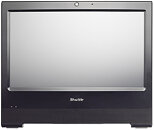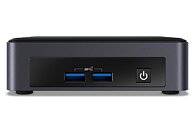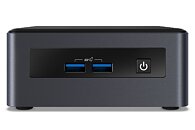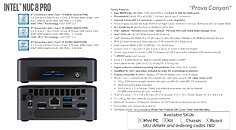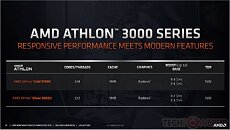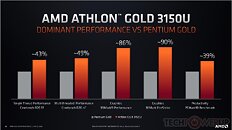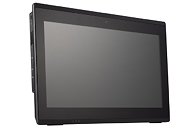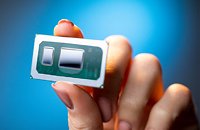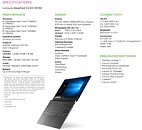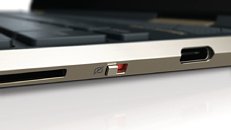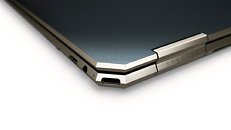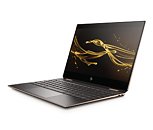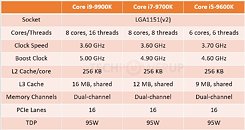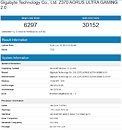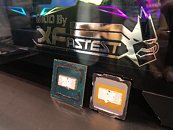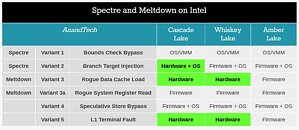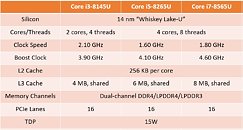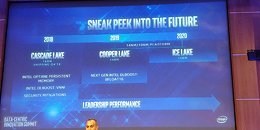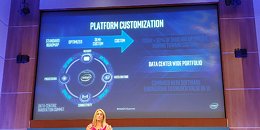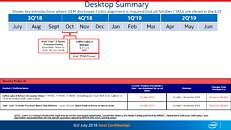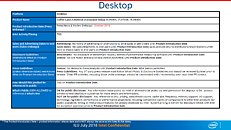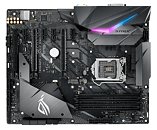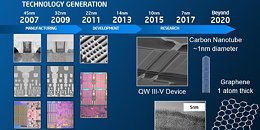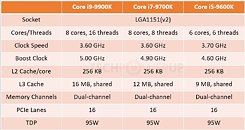AAEON Announces UP Xtreme Lite SBC
AAEON, a leading developer of edge computing solutions, introduces the latest from UP Board, the UP Xtreme Lite. UP Xtreme Lite brings the powerful 8th Generation Intel Core processors on a platform that's even easier for developers on a budget.
The UP Xtreme Lite is designed to provide developers with a platform that's flexible, powerful, and a great value while not sacrificing performance. Powered by the 8th Generation Intel Core i3/i5/i7 processors (formerly Whiskey Lake), the UP Xtreme Lite provides scalable performance with support for up to 16 GB SO-DIMM memory and SATA III (6.0 Gb/s) available with SATA port and M.2 2280 slot. Expandability for the UP Xtreme Lite includes M.2 2230 E-Key slot, M.2 2280 M/B-Key supporting two PCIe [x1] lanes and M.2 3042/3052 B-Key.
The UP Xtreme Lite is designed to provide developers with a platform that's flexible, powerful, and a great value while not sacrificing performance. Powered by the 8th Generation Intel Core i3/i5/i7 processors (formerly Whiskey Lake), the UP Xtreme Lite provides scalable performance with support for up to 16 GB SO-DIMM memory and SATA III (6.0 Gb/s) available with SATA port and M.2 2280 slot. Expandability for the UP Xtreme Lite includes M.2 2230 E-Key slot, M.2 2280 M/B-Key supporting two PCIe [x1] lanes and M.2 3042/3052 B-Key.



